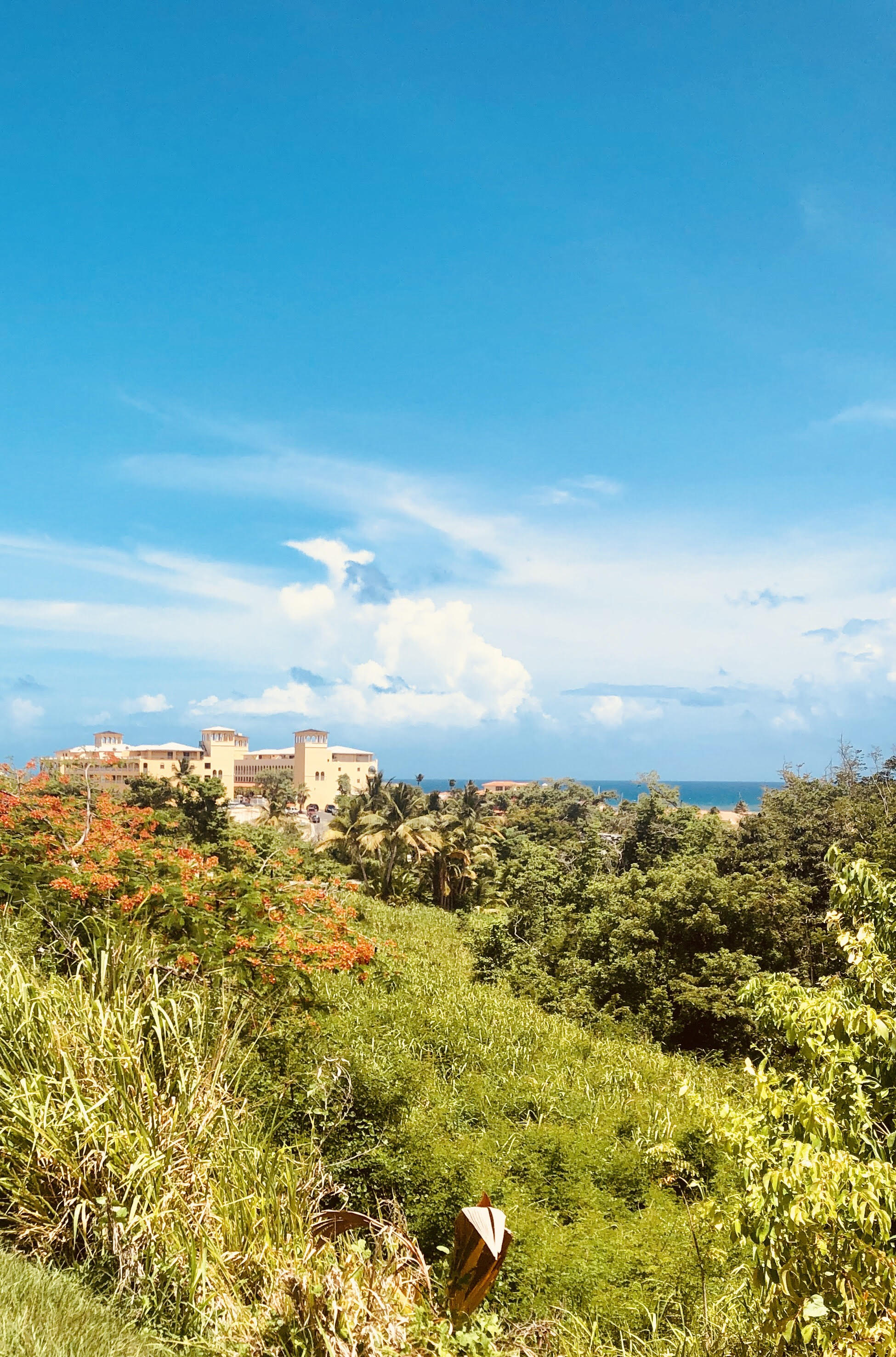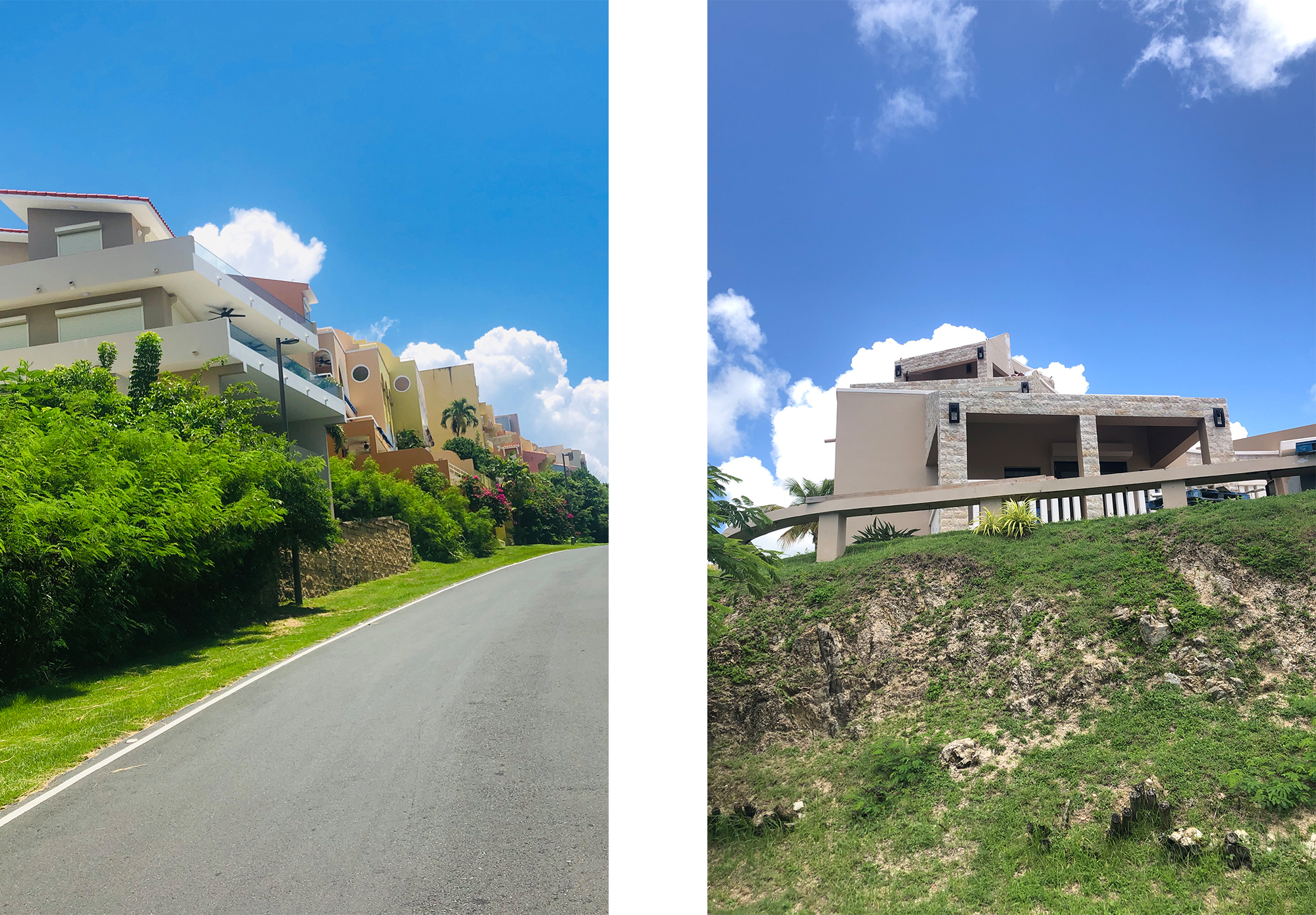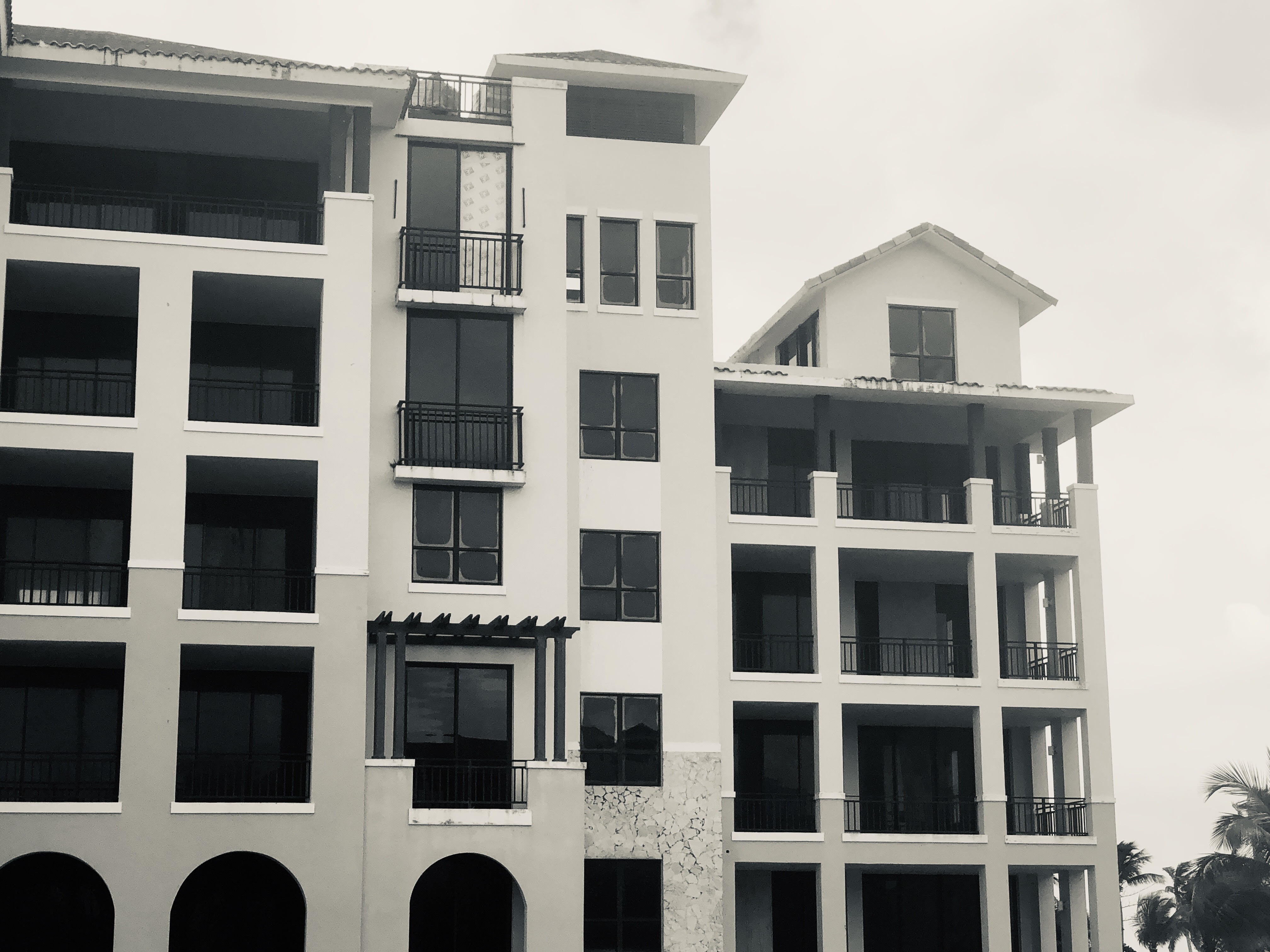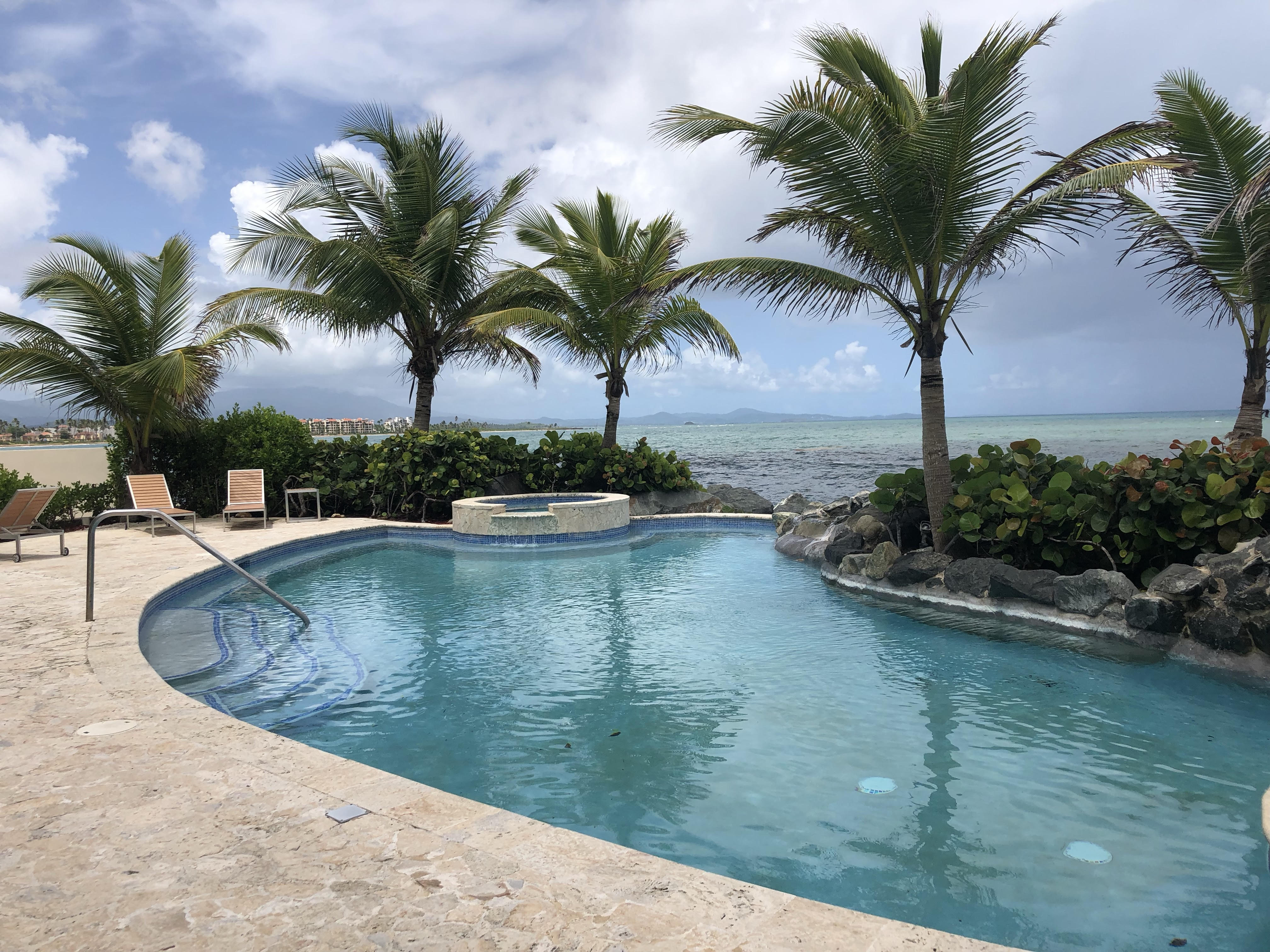Palmas Del Mar: The Resurgence of Paradise

Palma Nova, the market designed like a Roman Forum, at noon.
The island of Puerto Rico, whose idyllic beaches and colonial stone works face from the Greater Antilles into the Atlantic, is abuzz with passion and activity. Still recovering from the devastation that Hurricane Maria wrought in 2017, the islanders have been in the news recently for their successful uprising and ousting of the governor. Tensions remain, especially in the city of San Juan, but on the southeastern side of the island, work is progressing on the reconstruction of Palmas Del Mar.
Palmas Del Mar, known affectionately as Palmas, is a conglomeration of more than 32 different neighbourhoods: a mix of resort-style condominiums, family homes, mega-mansions, and vernacular restaurants all wrapped around two palm-lined golf courses. Visitors might see Puerto Rican and international schoolchildren walking to Palmas Academy, or stop to experience the thick air of a protected tropical marshland in the Pterocarpus Forest.

Luxury homes in Palmas.
Most residents choose golf carts to make the drive to restaurants such as Ladi’s—a Puerto Rican luxury favourite at the Palmas Del Mar yacht club—and Palma Nova, the Romanesque central market with shops and a courtyard, where at night you can hear the ringing conversation of Puerto Rican Spanish and live music from the Tex-Mex cantina.
Palmas was once the playground of billionaires. For decades, businesspeople, U.S. military personnel, and professionals from San Juan would convene at pools and patios supported by gold stone cliffs.
That all changed when Maria hit. In September 2017, the category 4 hurricane blew through the island, causing tens of billions of dollars in damage and taking the lives of thousands of Puerto Ricans. In Palmas, one man remembers finding his stylish furniture on the beach the day after the storm. Many residents chose to leave to the continental US and elsewhere.
Two years on, the reverberations of damage on the island are still visceral, especially in lower-income neighbourhoods and more remote mountain villages. Even in places like Palmas that boast a private security force, some glorious stone structures stand humbled, windows are still boarded up, and stucco is cracked. Work continues daily to replace the distinctive red clay Spanish roof tiles that were sent rocketing by the hurricane-force winds.

Condominiums damaged by Hurricane Maria.
But the work goes on, and so does life. Summer finds many vacationers from San Juan and year-round residents taking a dip in the many different pools spread around the massive development that is Palmas. The beauty of these villas, tucked into crests of verdure and framed by rainforest-lined mountains and the sea, is difficult to resist. Dedicated staff—who have committed years to Palmas and to the island, some of whom even worked directly with FEMA during the relief efforts—smile as you drive past, and the hope and resilience in their faces seem to mirror the natural splendour.
Renters and homeowners are heading back to Palmas, walking its beaches—some never left. In part because of Puerto Rican legislation encouraging people from elsewhere to live on and invest in the island, an international constituency can be seen playing tennis, chatting over chicharrónes, and taking the kids for a spin in a golf cart.

Palmas Del Mar Yacht Club pool.
Luxury and a laid-back, congenial attitude have combined to create a language specific to Palmas Del Mar. “Palmas is coming back,” a lifelong resident and philanthropist who preferred not to be named commented.
All signs point to this being true, and visitors will find the legendary beaches and cuisine as marvelous as ever. Or, for those wanting to escape the heat, a trip to the mountains for chinchorreo—a restaurant crawl in the cool, misty hills—could be in order.
Despite overwhelming environmental disaster and political tension, Palmas Del Mar has been able to rebuild paradise, and hopefully, along with the rest of the island, clear skies lie ahead.

Peace over Palmas.
_________
Never miss a story. Sign up for NUVO’s weekly newsletter here.




